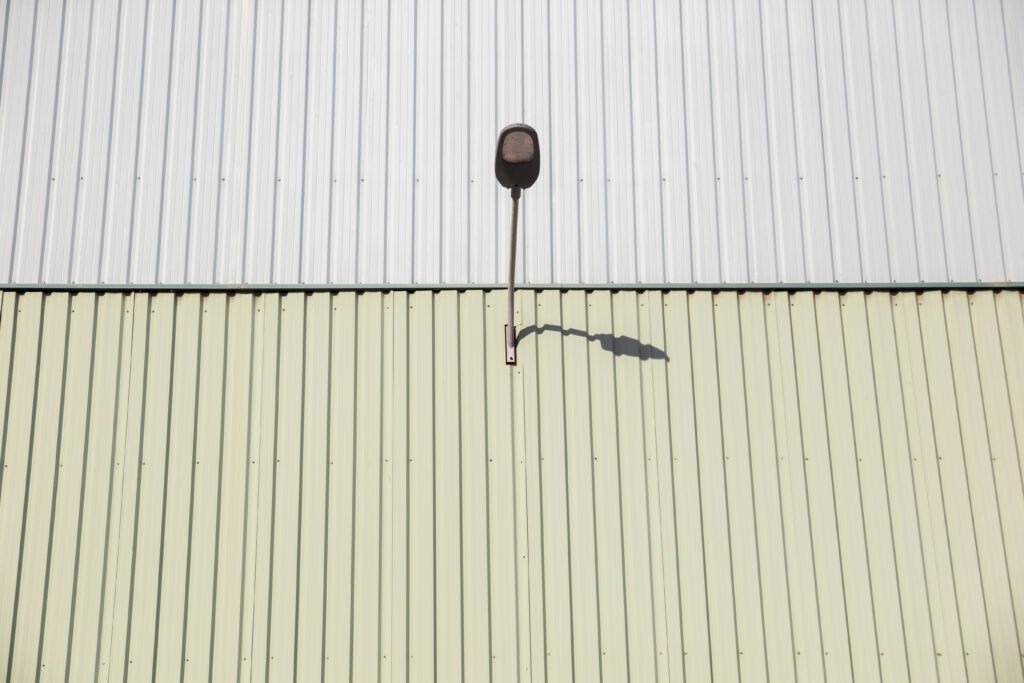Introduction
Knowing when to replace siding is essential for maintaining both the appearance and functionality of your home. Over time, even the most durable siding materials begin to show signs of wear, which can compromise insulation, increase energy costs, and affect curb appeal. Recognizing siding replacement signs early can help you avoid costly repairs and keep your home in top condition. In this guide, we’ll cover the key indicators that it’s time to replace your siding, from cracks and warping to fading and pest infestations.
When to Replace Siding: Telltale Signs It’s Time for an Upgrade

Determining when to replace siding can be challenging, but there are clear indicators that your home’s exterior needs attention. Common signs include visible cracks, warping, or rotting in the siding material, which can allow moisture and pests to enter your home. Fading or discoloration is another signal that siding may have reached the end of its lifespan, especially if it’s impacting your home’s curb appeal. By addressing these issues early, you can ensure that your siding provides the protection and insulation your home needs.
1. Cracks and Warping
Cracks and warping are common signs that the siding is deteriorating. When siding becomes cracked, it can allow moisture, insects, and debris to infiltrate, leading to more extensive damage beneath the surface. Warping, on the other hand, suggests that the siding material has lost its structural integrity, likely due to prolonged exposure to moisture or extreme temperatures.
- What to Look For: Examine the siding closely for any noticeable cracks, buckling, or areas where the material appears warped or distorted.
- Why It Matters: Damaged siding can compromise your home’s insulation and increase heating and cooling costs. Addressing cracks early can prevent more significant problems down the line.
2. Bubbling or Blistering
If you notice bubbles or blisters forming under the surface of your siding, it’s a clear sign of trapped moisture. This problem often arises in older siding materials that have lost their waterproofing abilities or when there’s poor ventilation.
- What to Look For: Look for raised bubbles or blisters that indicate moisture build-up.
- Why It Matters: Bubbling or blistering suggests that moisture is accumulating behind the siding, which can lead to rot and mold growth, damaging the underlying structure of your home.
3. Fading and Discoloration
Fading and discoloration may seem like minor cosmetic issues, but they can also indicate underlying problems. Fading also indicates that the siding may no longer be providing adequate protection from UV rays, which can impact insulation.
- What to Look For: Areas where the color has noticeably faded or become uneven.
- Why It Matters: Although fading doesn’t directly affect the structural integrity of the siding, it can reduce curb appeal and may signal that the material has aged beyond its intended lifespan.
4. Rotting or Decay
Rotting or decaying siding is a serious issue, especially for wood-based siding materials. Wood siding is vulnerable to moisture damage, which can cause it to rot and lose its structural integrity over time. Rotten siding not only looks unsightly but also reduces the effectiveness of your home’s exterior in protecting against weather and pests.
- What to Look For: Soft or crumbly spots, especially at the base of the siding, are common signs of rot.
- Why It Matters: Rotting siding compromises the entire structure of your home’s exterior, inviting pests, moisture, and additional damage to spread.
5. Increased Energy Bills
If you’ve noticed a sudden rise in your heating or cooling costs, your siding might be to blame. When siding becomes ineffective, it can lead to drafts, making your HVAC system work harder to maintain indoor comfort.
- What to Look For: Unexplained increases in energy bills, especially if you haven’t made any changes to your energy usage.
- Why It Matters: Replacing inefficient siding can improve your home’s insulation, reduce energy costs, and increase indoor comfort.
6. Mold, Mildew, and Fungus Growth
The appearance of mold, mildew, or fungus on your siding is a clear indicator of moisture issues. If you see green, black, or brown spots on your siding, it’s a sign that moisture is trapped and your siding may no longer be functioning properly.
- What to Look For: Dark spots or green patches on the siding, particularly in shaded or moist areas.
- Why It Matters: Mold and mildew are signs of trapped moisture, which can lead to rot and structural damage if left unaddressed.
7. Peeling Interior Paint or Wallpaper
One surprising sign that your exterior siding needs replacement can actually be found indoors. If you notice that your interior paint or wallpaper is peeling, bubbling, or discolored, it could be a sign that moisture is infiltrating through the siding and affecting the interior walls.
- What to Look For: Peeling, bubbling, or stained walls inside your home, especially near exterior walls.
- Why It Matters: Moisture seeping through damaged siding can compromise indoor air quality and lead to costly repairs to both siding and interior finishes.
8. Frequent Need for Maintenance
If you find yourself constantly repainting or repairing your siding, it may be time for a replacement. Some siding materials, like wood, require regular upkeep, but if the need for maintenance has increased, the siding may have outlived its effectiveness. Constantly having to paint, seal, or patch up your siding is both time-consuming and costly.
- What to Look For: Increased frequency of painting, sealing, or small repairs.
- Why It Matters: High-maintenance siding can end up costing more over time, and replacing it with a low-maintenance material can save time and money.
Conclusion
Identifying the signs that your siding needs replacement is essential for maintaining the health, appearance, and efficiency of your home. By addressing issues like cracks, fading, rot, and moisture, you can protect your home from further damage, reduce energy costs, and boost curb appeal. If you notice any of these signs, consult with a siding professional to determine the best replacement options. With the right siding choice, you can ensure your home remains well-protected and visually appealing for years to come.














